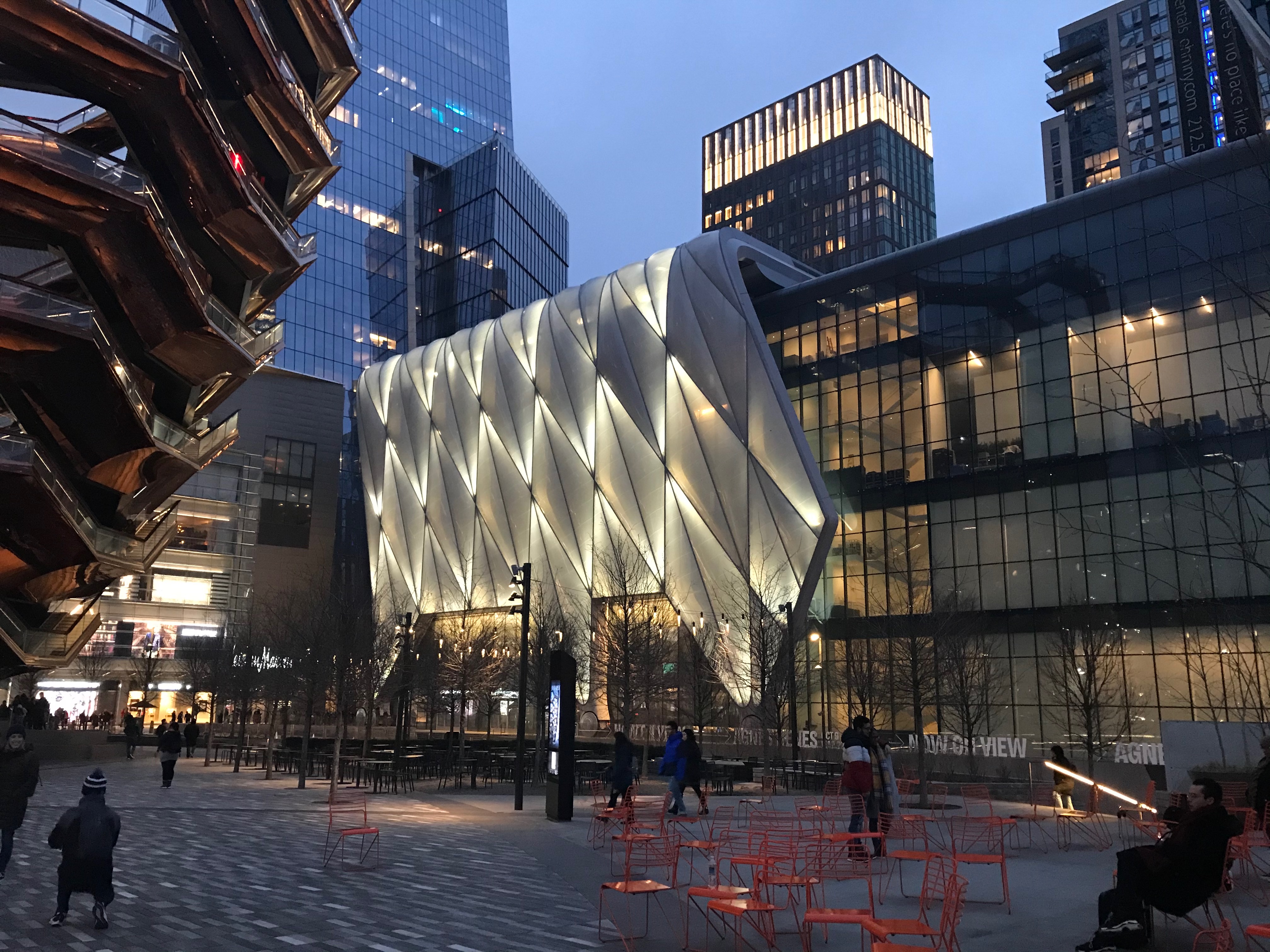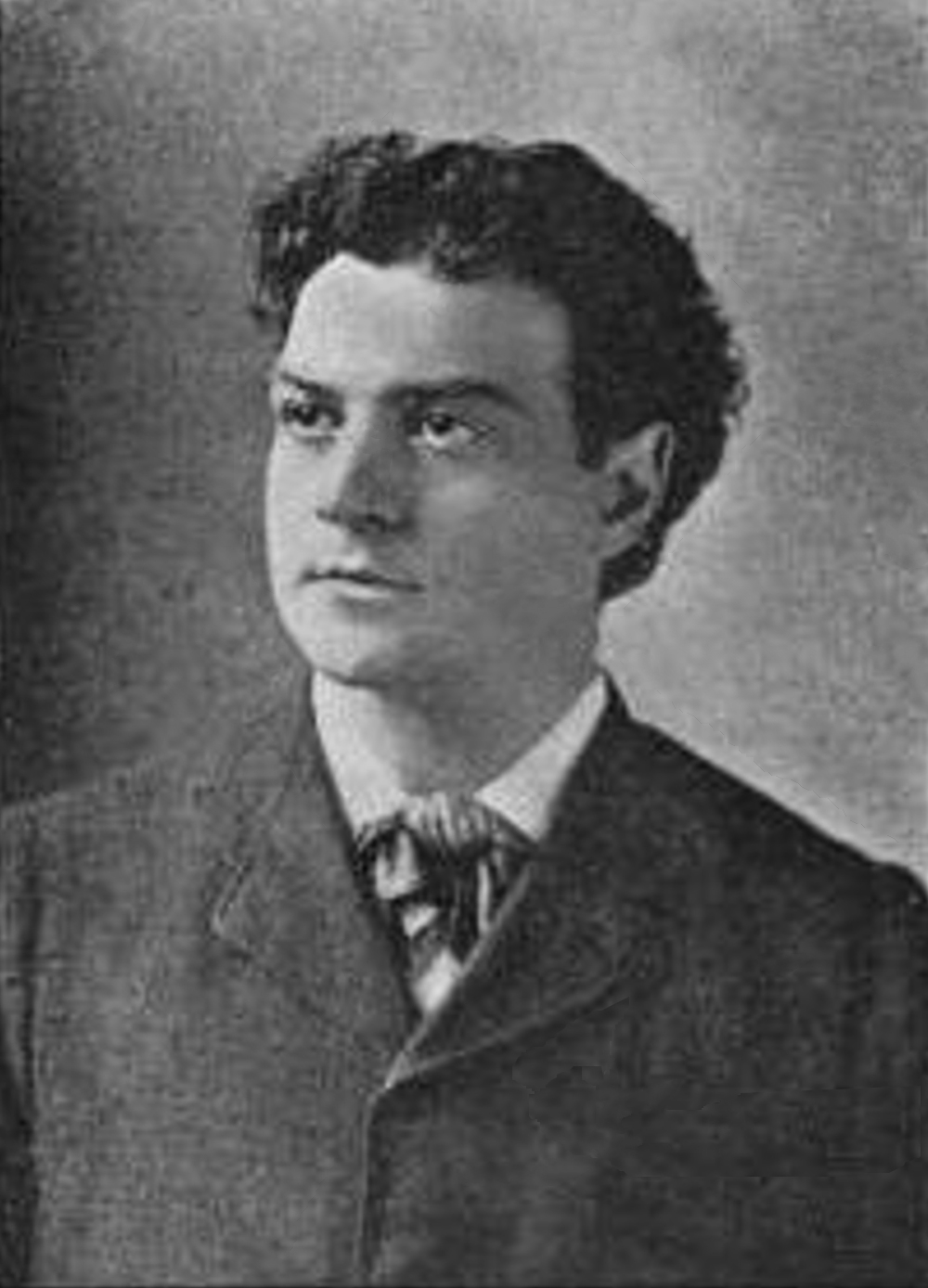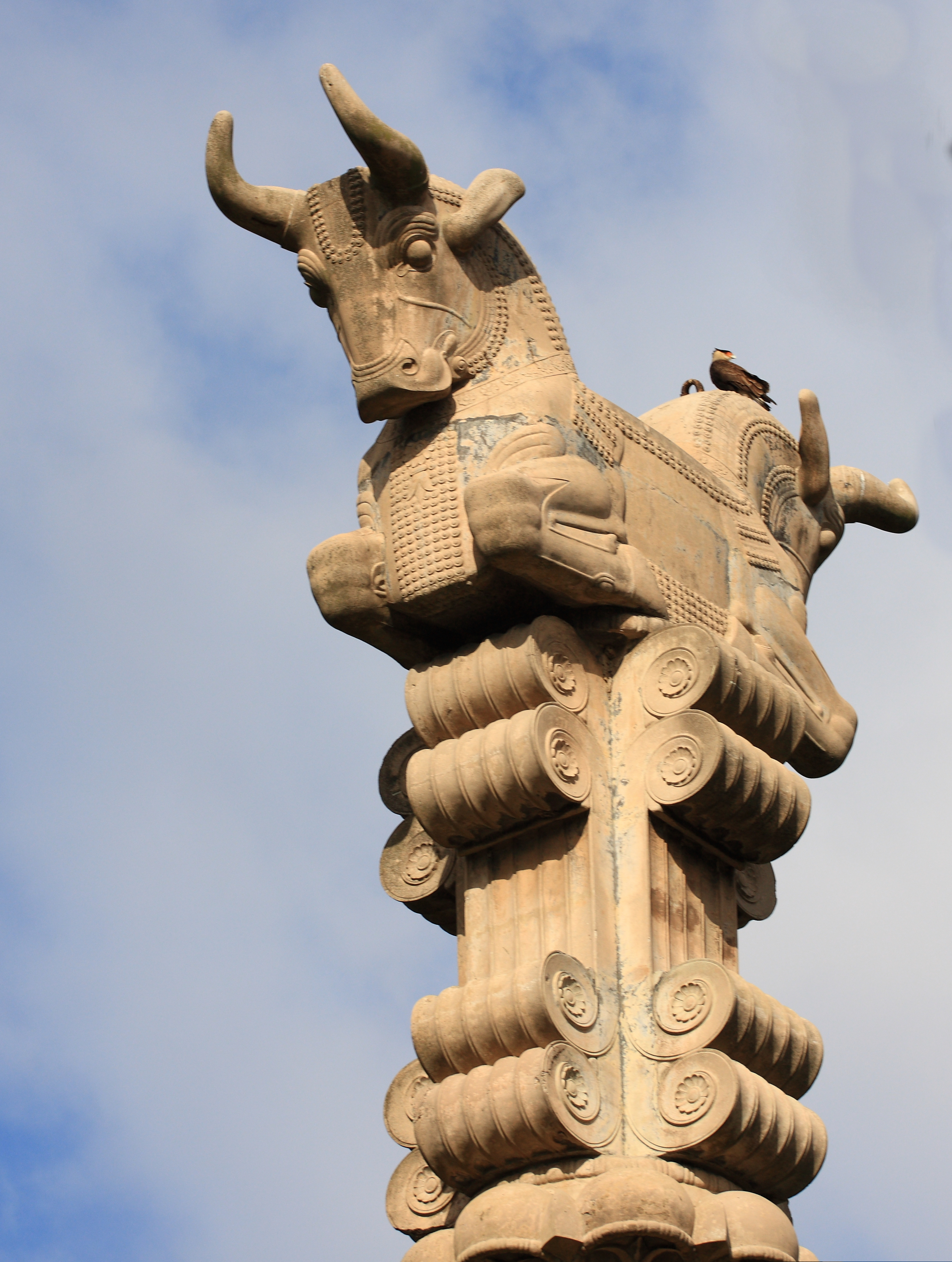|
Holyoke Opera House
The Holyoke Opera House was a theatre operating in Holyoke, Massachusetts during the 19th and early 20th centuries. Built in 1877, and christened on March 25, 1878, the theater was built by then-mayor William Whiting who privately-funded its construction along with the adjoining "Windsor House" hotel. Designed by architect Clarence Sumner Luce, its interior was decorated by painter and designer Frank Hill Smith, who is best known today for the frescoes in the House of Representatives' chamber in the Massachusetts State House, and whose commission for the venue's main hall paintings has been described by the American Art Directory and historian John Tauranac as one of his definitive works. Its opening show was a performance of ''Louie XI'' starring John W. Albaugh. In its first decades it was among the largest theaters in the country, and gained a number of notable acts. In later decades it became a vaudeville and burlesque establishment. Following the introduction of moving pic ... [...More Info...] [...Related Items...] OR: [Wikipedia] [Google] [Baidu] |
Holyoke, Massachusetts
Holyoke is a city in Hampden County, Massachusetts, United States, that lies between the western bank of the Connecticut River and the Mount Tom Range. As of the 2020 census, the city had a population of 38,238. Located north of Springfield, Holyoke is part of the Springfield Metropolitan Area, one of the two distinct metropolitan areas in Massachusetts. Holyoke is among the early planned industrial cities in the United States. Built in tandem with the Holyoke Dam to utilize the water power of Hadley Falls, it is one of a handful of cities in New England built on the grid plan. During the late 19th century the city produced an estimated 80% of the writing paper used in the United States and was home to the largest paper mill architectural firm in the country, as well as the largest paper, silk, and alpaca wool mills in the world. Although a considerably smaller number of businesses in Holyoke work in the paper industry today, it is still commonly referred to as "The Paper ... [...More Info...] [...Related Items...] OR: [Wikipedia] [Google] [Baidu] |
Theater (structure)
A theater, theatre or playhouse, is a structure where theatrical works, performing arts and musical concerts are presented. The theater building serves to define the performance and audience spaces. The facility usually is organized to provide support areas for performers, the technical crew and the audience members, as well as the stage where the performance takes place. There are as many types of theaters as there are types of performance. Theaters may be built specifically for a certain types of productions, they may serve for more general performance needs or they may be adapted or converted for use as a theater. They may range from open-air amphitheaters to ornate, cathedral-like structures to simple, undecorated rooms or black box theaters. A theatre used for opera performances is called an opera house. A theater is not required for performance (as in environmental theater or street theater), this article is about structures used specifically for performance. Some t ... [...More Info...] [...Related Items...] OR: [Wikipedia] [Google] [Baidu] |
Victory Theater
The Victory Theatre (in stone on building, spelled "re") is a theater in Holyoke, Massachusetts. It was built in 1920 by the Goldstein Brothers Amusement Company. The architecture is in the Art Deco style and is considered the last of its type between Boston and Albany. Closed for nearly four decades, as of November 2018 its owners, the Massachusetts International Festival of the Arts (MIFA), were in the process of obtaining permits and meeting construction contractors for renovation; by January 2019 the MIFA Victory Theatre group had its final architectural plans approved by the city planning board, along with construction fencing and signage special permits, with a goal of opening the theater by its 100th anniversary on December 20, 2020. History Samuel and Nathan Goldstein of Western Massachusetts Theatres Incorporated (at that time known as “G.B. Theatres”) were early pioneers in the movie business, having started in the first decade of the 20th century operating what ... [...More Info...] [...Related Items...] OR: [Wikipedia] [Google] [Baidu] |
Robert G
The name Robert is an ancient Germanic given name, from Proto-Germanic "fame" and "bright" (''Hrōþiberhtaz''). Compare Old Dutch ''Robrecht'' and Old High German ''Hrodebert'' (a compound of '' Hruod'' ( non, Hróðr) "fame, glory, honour, praise, renown" and ''berht'' "bright, light, shining"). It is the second most frequently used given name of ancient Germanic origin. It is also in use as a surname. Another commonly used form of the name is Rupert. After becoming widely used in Continental Europe it entered England in its Old French form ''Robert'', where an Old English cognate form (''Hrēodbēorht'', ''Hrodberht'', ''Hrēodbēorð'', ''Hrœdbœrð'', ''Hrœdberð'', ''Hrōðberχtŕ'') had existed before the Norman Conquest. The feminine version is Roberta. The Italian, Portuguese, and Spanish form is Roberto. Robert is also a common name in many Germanic languages, including English, German, Dutch, Norwegian, Swedish, Scots, Danish, and Icelandic. It can ... [...More Info...] [...Related Items...] OR: [Wikipedia] [Google] [Baidu] |
Lyman H
*
{{disambiguation, geo ...
Lyman may refer to: Places Ukraine * Lyman, Ukraine United States * Lyman, Iowa * Lyman, Maine * Lyman, Mississippi * Lyman, Nebraska * Lyman, New Hampshire * Lyman, Oklahoma * Lyman, South Carolina * Lyman, South Dakota * Lyman County, South Dakota * Lyman, Utah * Lyman, Washington * Lyman, Wyoming Other uses * Lyman (crater), a lunar impact crater * Lyman (name) * Lyman series of hydrogen spectral lines See also * Liman (other) * Lyman High School (other) Lyman High School may refer to: * Lyman Memorial High School, Lebanon, Connecticut * Lyman High School (Florida), Longwood, Florida * Lyman High School (South Dakota), Presho, South Dakota * Lyman High School (Wyoming), Lyman, Wyoming See also * L ... [...More Info...] [...Related Items...] OR: [Wikipedia] [Google] [Baidu] |
William Gillette
William Hooker Gillette (July 24, 1853 – April 29, 1937) was an American actor-manager, playwright, and stage-manager in the late 19th and early 20th centuries. He is best remembered for portraying Sherlock Holmes on stage and in a 1916 silent film thought to be lost until it was rediscovered in 2014. Gillette's most significant contributions to the theater were in devising realistic stage settings and special sound and lighting effects, and as an actor in putting forth what he called the "Illusion of the First Time". His portrayal of Holmes helped create the modern image of the detective. His use of the deerstalker cap (which first appeared in some ''Strand'' illustrations by Sidney Paget) and the curved pipe became enduring symbols of the character. He assumed the role on stage more than 1,300 times over thirty years, starred in the silent motion picture based on his Holmes play, and voiced the character twice on radio. His first Civil War drama ''Held by the Enemy'' ... [...More Info...] [...Related Items...] OR: [Wikipedia] [Google] [Baidu] |
Eva Tanguay
Eva Tanguay (August 1, 1878 – January 11, 1947) was a Canadian singer and entertainer who billed herself as "the girl who made vaudeville famous". She was known as "The Queen of Vaudeville" during the height of her popularity from the early 1900s until the early 1920s. Tanguay also appeared in films, and was the first performer to achieve national mass-media celebrity, with publicists and newspapers covering her tours from coast-to-coast, out-earning the likes of contemporaries Enrico Caruso and Harry Houdini at one time, and being described by Edward Bernays, "the father of public relations", as "our first symbol of emergence from the Victorian age." Early life Tanguay was born in 1878 in Marbleton, Quebec.Alan Phillip. ''Into the 20th Century 1900/1910'', "Canada's Illustrated History" series, Natural Science of Canada Ltd., 1977, p. 17 Her father was a doctor. Before she reached the age of six, her family moved from Quebec's Eastern Townships to Holyoke, Massachusetts. He ... [...More Info...] [...Related Items...] OR: [Wikipedia] [Google] [Baidu] |
Stucco
Stucco or render is a construction material made of aggregates, a binder, and water. Stucco is applied wet and hardens to a very dense solid. It is used as a decorative coating for walls and ceilings, exterior walls, and as a sculptural and artistic material in architecture. Stucco can be applied on construction materials such as metal, expanded metal lath, concrete, cinder block, or clay brick and adobe for decorative and structural purposes. In English, "stucco" sometimes refers to a coating for the outside of a building and " plaster" to a coating for interiors; as described below, however, the materials themselves often have little to no differences. Other European languages, notably Italian, do not have the same distinction; ''stucco'' means ''plaster'' in Italian and serves for both. Composition The basic composition of stucco is cement, water, and sand. The difference in nomenclature between stucco, plaster, and mortar is based more on use than composition. Until ... [...More Info...] [...Related Items...] OR: [Wikipedia] [Google] [Baidu] |
William Russell (governor)
William Eustis Russell (January 6, 1857 – July 16, 1896) was a lawyer and Democratic Party politician from Massachusetts. He served four terms as mayor of Cambridge, and was the 37th governor of Massachusetts, serving from 1891 to 1894. He was the state's youngest-ever chief executive, and was the first Democrat since the American Civil War to serve more than one term in that office. Educated at Harvard and Boston University Law School, Russell practiced law in the family firm. He was politically a conservative Democrat, supporting the presidential campaigns of Grover Cleveland and the gold standard for the national currency. He gave a speech in favor of the latter at the 1896 Democratic National Convention immediately prior to William Jennings Bryan's Cross of Gold speech, and refused efforts to draft him as an opponent to Bryan for the presidential nomination. About a week later, he died quite suddenly at a fishing camp in Quebec; he was 39. He was viewed by eastern De ... [...More Info...] [...Related Items...] OR: [Wikipedia] [Google] [Baidu] |
Tommaso Salvini
Tommaso Salvini (1 January 182931 December 1915) was an Italian actor. Life Salvini was born in Milan to parents who were both actors, his mother being the popular actress Guglielmina Zocchi. Finding the boy had a talent for acting, his father organised tuition for him under Modena, who took a liking to the boy. His father was involved in the Bon and Berlaffa Company who were presenting Goldoni's ''Donne Curiose'', and the actor who was to play the harlequin Pasquino fell ill. Instead of closing the theatre for the night his father asked the young Salvini to play the role. In his autobiography, he writes that "when I perceived that some of Pasquino's lines were amusing the audience, I took courage, and, like a little bird making his first flight, I arrived at the goal, and was eager to try again … It is certain that from that time I began to feel that I was somebody." In 1847 Salvini joined the company of Adelaide Ristori, who was then at the beginning of her career. It was w ... [...More Info...] [...Related Items...] OR: [Wikipedia] [Google] [Baidu] |
Papier-mâché
upright=1.3, Mardi Gras papier-mâché masks, Haiti upright=1.3, Papier-mâché Catrinas, traditional figures for day of the dead celebrations in Mexico Papier-mâché (, ; , literally "chewed paper") is a composite material consisting of paper pieces or pulp, sometimes reinforced with textiles, bound with an adhesive, such as glue, starch, or wallpaper paste. Papier-mâché sculptures are used as an economical building material for a variety of traditional and ceremonial activities, as well as in arts and crafts. Preparation methods There are two methods to prepare papier-mâché. The first method makes use of paper strips glued together with adhesive, and the other uses paper pulp obtained by soaking or boiling paper to which glue is then added. With the first method, a form for support is needed on which to glue the paper strips. With the second method, it is possible to shape the pulp directly inside the desired form. In both methods, reinforcements with wire, ... [...More Info...] [...Related Items...] OR: [Wikipedia] [Google] [Baidu] |
Capital (architecture)
In architecture the capital (from the Latin ''caput'', or "head") or chapiter forms the topmost member of a column (or a pilaster). It mediates between the column and the load thrusting down upon it, broadening the area of the column's supporting surface. The capital, projecting on each side as it rises to support the abacus, joins the usually square abacus and the usually circular shaft of the column. The capital may be convex, as in the Doric order; concave, as in the inverted bell of the Corinthian order; or scrolling out, as in the Ionic order. These form the three principal types on which all capitals in the classical tradition are based. The Composite order established in the 16th century on a hint from the Arch of Titus, adds Ionic volutes to Corinthian acanthus leaves. From the highly visible position it occupies in all colonnaded monumental buildings, the capital is often selected for ornamentation; and is often the clearest indicator of the architectu ... [...More Info...] [...Related Items...] OR: [Wikipedia] [Google] [Baidu] |







